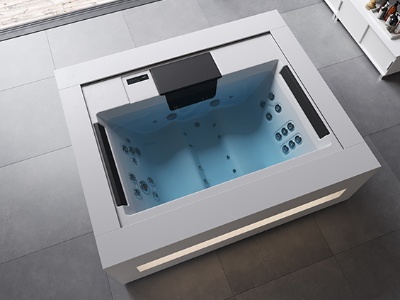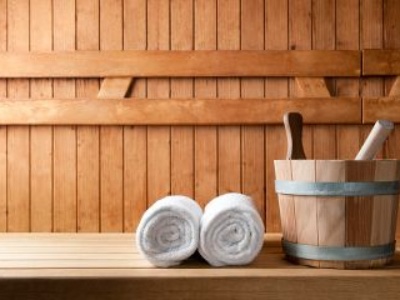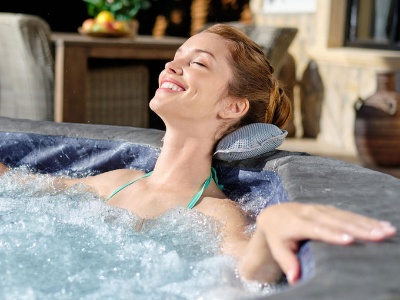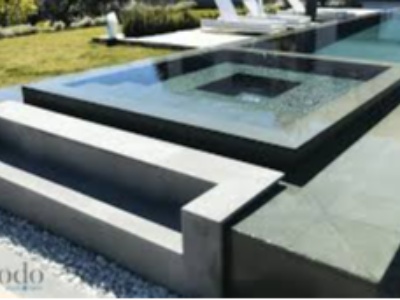
With the arrival of winter, it is essential to properly prepare your swimming pool to avoid frost damage, preserve water quality and facilitate its reactivation in the spring. Proper winterisation extends the life of the pool and its equipment while reducing maintenance costs. Whether you opt for active or passive winterisation, it is crucial to follow certain steps to ensure optimal protection.
Why winterise your pool?
When the water temperature drops below 12°C, the growth of algae and bacteria slows down, making this the ideal time for winterisation. A swimming pool that is not prepared for winter can suffer various inconveniences:- Development of algae and impurities, making the water green and cloudy.
- Freezing of pipes and equipment, which can cause cracks and irreversible damage.
- Accumulation of leaves and debris, increasing the cleaning work in spring.
Active or passive winterising: which method should you choose?
There are two types of winterising, to be chosen according to the climate and the use of the swimming pool.Active winterising
This consists of keeping the swimming pool in reduced operation during the winter. The pump runs a few hours a day to prevent freezing and preserve water quality. This type of winterisation is recommended in regions with mild winters.Advantages:
- Preservation of water quality.
- No draining necessary, facilitating recommissioning.
- Avoidance of frost-related risks thanks to regular filtration.
Passive wintering
This method consists of completely stopping filtration and putting the pool into hibernation. It is ideal for regions prone to frost. Advantages: - No energy consumption during the winter. - Less maintenance required during the cold season. The essential steps for successful winterisation 1. Thorough cleaning of the pool Before winterising the pool, it is essential to thoroughly clean the water, the bottom and the walls:- Vacuum or use a pool robot to remove impurities.
- Brush the walls and waterline to remove limescale deposits and greasy residues.
- Empty and clean the skimmers and pre-filter baskets.
2. Water balancing
Well-balanced water limits the risk of algae and limescale deposits forming during the winter. Check the following parameters:- pH: Ideally between 7.0 and 7.4.
- Alkalinity: Between 80 and 120 mg/L.
- Hardness: Between 150 and 250 mg/L.
A shock treatment with chlorine or active oxygen is recommended before winterising to eliminate any remaining bacteria and micro-organisms.
3. Partial draining of the pool
If you opt for passive winterisation, it is necessary to lower the water level below the skimmers and delivery nozzles to prevent the pipes from being damaged by frost. This step is not necessary in the case of active winterisation. 4. Protecting the equipment - Stop and purge the pump and the filter. - Dismantle sensitive equipment such as the chlorinator or the heater.- Place winterising plugs on the delivery nozzles and skimmers.
- Install winterising floats on the surface of the water to absorb the pressure exerted by the ice.
5. Addition of a winterising product
A winterising product prevents the growth of algae and the formation of limescale deposits. It should be added evenly to the water after the filtration has been turned off. Installation of a winter cover A winter cover is essential to protect the water from impurities and limit evaporation. Two types of covers are available:- Opaque covers: They prevent the passage of light and reduce the proliferation of algae.
- Winterising nets: These retain debris while allowing water to drain, but require more regular monitoring.
Monitoring and maintenance during winter
Even a properly winterised pool needs to be checked regularly:- Check the condition of the cover after severe weather.
- Check the water level to avoid overflow due to rainfall.
- If winterising, monitor the filtration and adjust its operating time according to the temperatures.
Restarting in spring
When the temperatures rise, the pool should be restarted gradually:1. Removing the cover. Clean and dry the tarpaulin before putting it away to prevent mould from forming. 2. Restarting the filtration system. Put the dismantled equipment back in place, reopen the valves and restart the pump, checking that it is working properly. 3. Cleaning and water treatment
- Thoroughly clean the pool and vacuum up any deposits.- Adjust the pH and carry out a shock treatment if necessary.
- Gradually increase the filtration time to stabilise the water.




